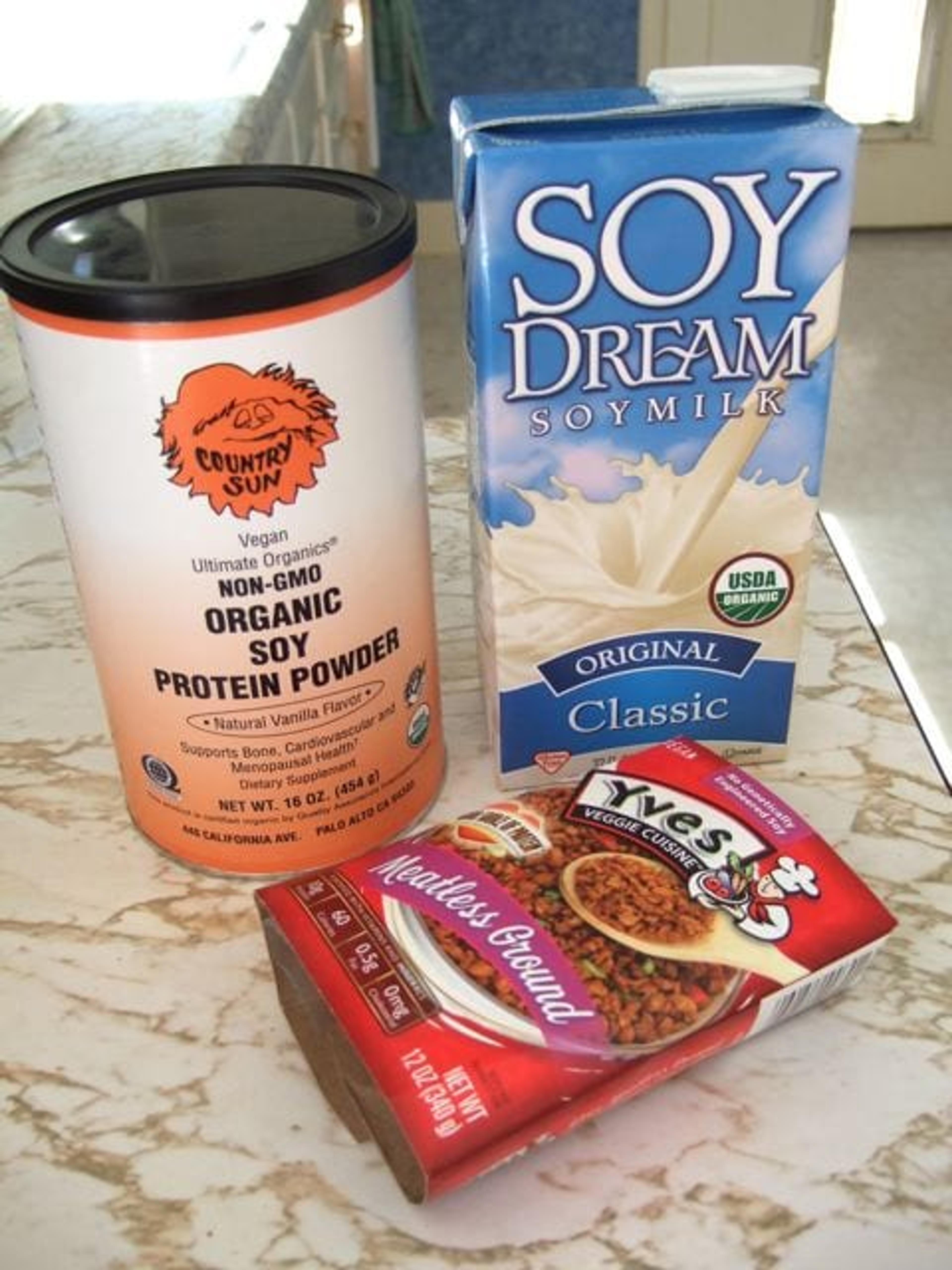Is soy good or bad? What you need to know
| 3 min read

Soy is everywhere these days – from veggie burgers and energy bars to milk, cheese, ice cream and more. And while many soy foods are packed with protein and vitamins, it’s important to know that not all of them are created equal. A quick rule to abide by is to eat soy that’s as close to its natural state (the soy bean) as possible. Below we break down which ones you should feel good about eating and which are better left alone.
Soy foods you can enjoy:
Edamame: These young green soybeans are packed with protein (8 grams per ½ cup!) and low in fat. You can buy edamame fresh, dried or frozen, shelled or still in the pod. Try them in salads, stir-fry or as a simple midday snack. This orange, edamame and avocado salad is perfect for a summer potluck.
Tempeh: Made by fermenting cooked soybeans and forming them into a patty, tempeh is packed with protein and fiber (3.5 grams of fiber per ½ cup) and can be found at most health food stores in the refrigerated aisle. You can marinate tempeh and use it as a meat substitute for “burgers” or stews or crumble it on top of salads for an extra boost of protein. Ready to give it a shot? This balsamic glazed tempeh recipe is mouth-watering.
Miso: This paste made from fermented soybeans is traditionally used in Japanese cuisine and is a great source of protein, potassium, iron, magnesium and vitamin B6. You can purchase miso pastes in any supermarket and it adds a lot of salty, rich flavor to any dish. Here’s how to spice up any meal using miso.
Natto: It may be new to you, but natto is a paste made from fermenting cooked soybeans with healthy bacteria. Like miso, natto is a traditional Japanese food (you can find it in most Asian markets), rich in probiotics, vitamin C and vitamin K. This natto miso soup looks perfect for first-timers.
Stay away from…
The general rule of thumb is to stay away from soy products that have been heavily processed, like soy burgers, soy energy bars and anything containing soy protein isolate. This is because once products go through the processing stage, nutrients are stripped away and it loses its nutritional punch. Another great idea is to look for organic brands. This will guarantee that the soy beans were grown without the use of pesticides, synthetic fertilizers, sewage sludge or other not-so-appetizing things.
One other note on soy: You probably are aware of the debate going on about whether or not eating certain kinds of soy is linked to breast cancer. While negative effects have been found in animals, there has been no link in humans as of now. The research is complicated but constantly evolving, and here’s what the National Cancer Institute has to say on the issue.
Do you eat soy products? Why or why not?
This blog post is part of #HealthyMe, a personalized web experience based on your health and wellness goals. To sign up today, visit https://www.ahealthiermichigan.org/healthyme.
Photo credit: Earthworm





